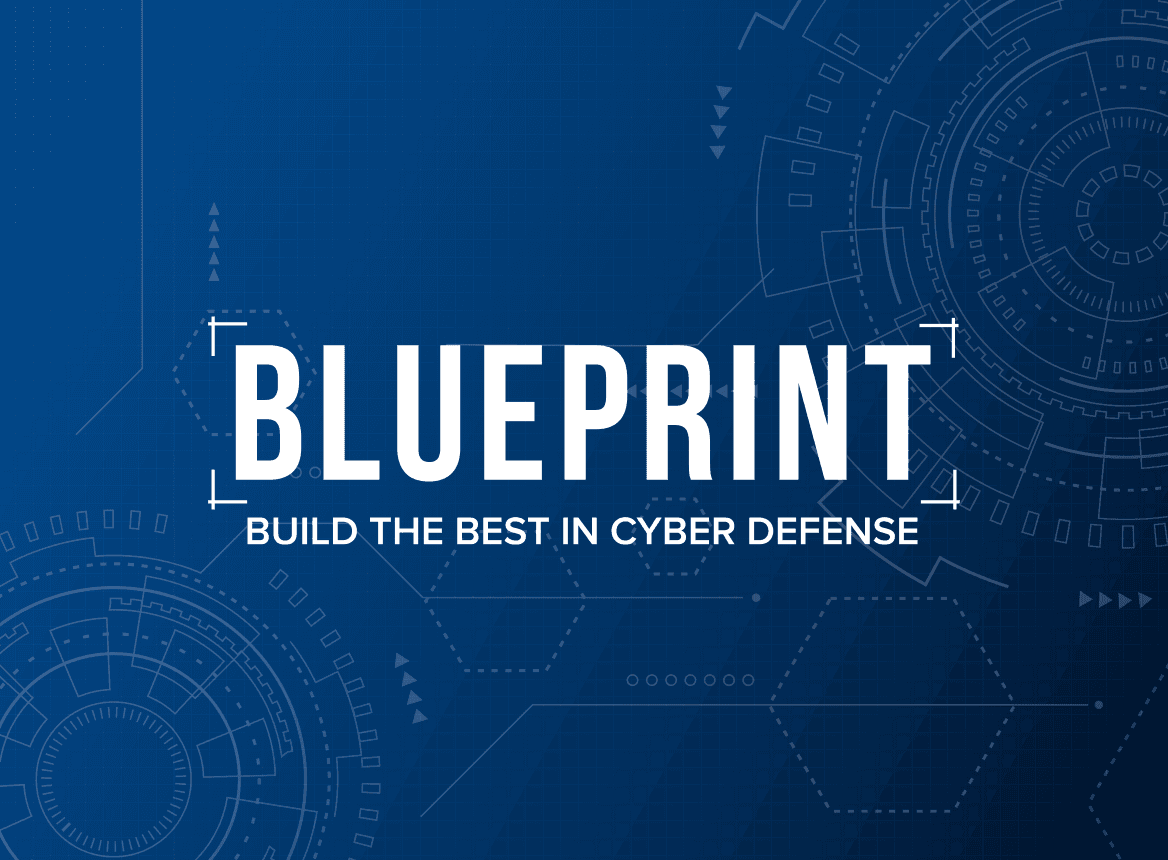SEC595: Applied Data Science and AI/Machine Learning for Cybersecurity Professionals


Experience SANS training through course previews.
Learn MoreLet us help.
Contact usBecome a member for instant access to our free resources.
Sign UpWe're here to help.
Contact UsAdvance your skills with hands-on training in SIEM, detection engineering, and threat visibility. Courses and certifications built by, for defenders.

Get practical insight from SANS instructors and experienced defenders as they share what it really takes to run a successful Security Operations Center (SOC). From tooling and workflows to challenges and lessons learned—this video covers the key elements shaping today’s SOCs.

Build hands-on skills to detect, investigate, and respond to threats as a security operations analyst in real-world environments.
Learn More
Learn to design and run effective security operations by combining network monitoring, endpoint visibility, and alert validation.
Learn More
Gain the knowledge and tools needed to lead cybersecurity teams, align security with business goals, and manage security operations effectively.
Learn More
Develop deep packet inspection and network traffic analysis skills to uncover threats and uncover malicious activity in your environment.
Learn More
Learn how to fine-tune your SIEM, correlate alerts, and apply analytics to detect and respond to real-world attacks.
Learn More
Apply data science and machine learning techniques to enhance threat detection, automate analysis, and improve SOC decision-making.
Learn More
Understand attacker tactics and build your response capabilities through hands-on incident handling and threat detection labs.
Learn More
Strengthen your ability to detect and respond to threats in cloud environments using native tools and cloud-specific monitoring techniques.
Learn More



.jpeg&w=768&q=75)
If you work in or lead a SOC role then the SANS Guide To Security Operations is for you. This booklet distills the core lessons from LDR551: Building and Leading Security Operations Centers and SEC450: Blue Team Fundamentals: Security Operations and Analysis, into an easy to digest list of defense functions, tools, key data, metrics, and models your team needs to know to be successful.


Improving security operations using open source tools
The most important skills for working in a security operations center
Learn how to reduce false positives into a methodical approach that can work for anyone
Arm yourself with the most valuable and actionable content for advancing cyber defense skills. Hear from some truly interesting people changing the game in the blue teaming field, and ultimately learn actionable ways to take your cyber defense skills to the next level.

One year ago I became a SOC team lead and this [SOC training] course adds to my knowledge and puts a more structured approach on what a SOC I am running should look like.
SEC511 is really interesting and full of useful information. I can see it adding a lot of value to our current setup.
From a heavy background in host forensics and limited knowledge in network analysis and forensics, SEC503 has filled in a lot of the gaps in knowledge I have had throughout my career.